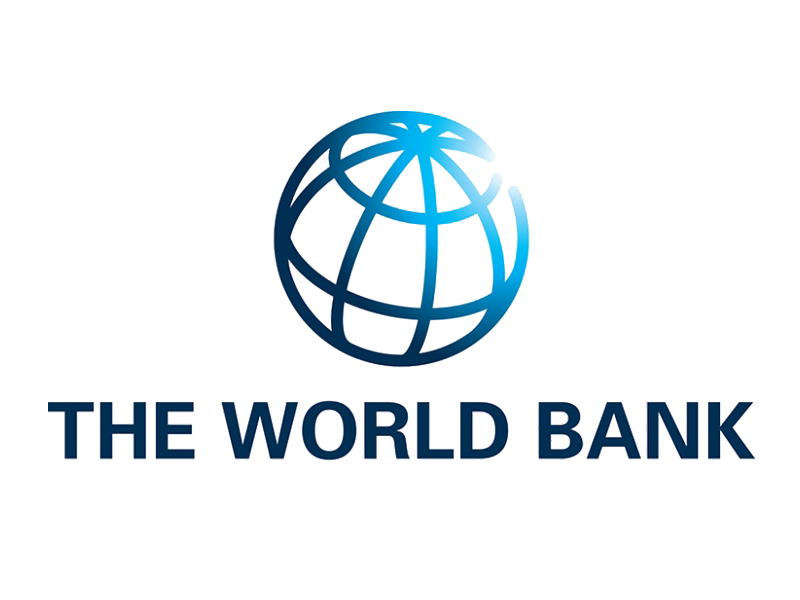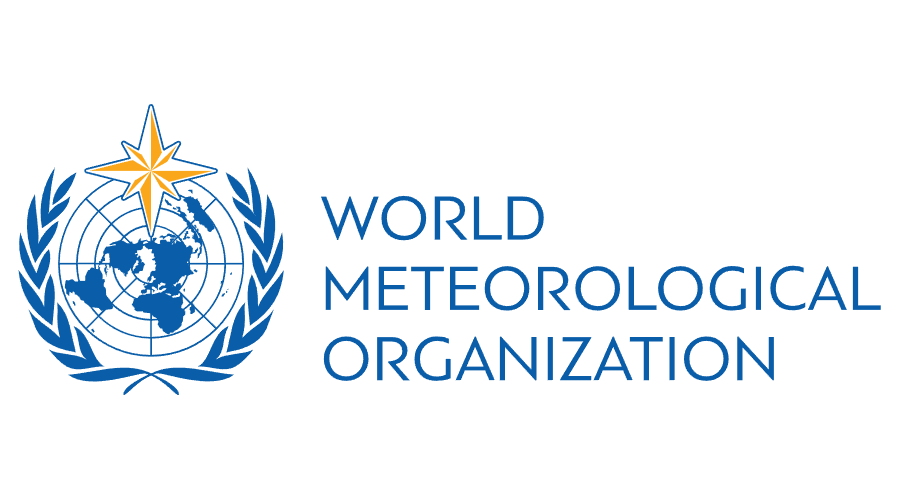Climate Risk and Early Warning Systems
Greater Horn of Africa: Strengthening early warning and early action systems for meteorological, hydrological, and climate extremes
Climate Risk and Early Warning Systems (CREWS)
Launched late 2022 and initially focused on project set up, CREWS Malawi’s scope to strengthen risk information and hydro-met and early warning services over four years could not be timelier. It will complement and add value to diverse ongoing climate and early warning interventions by the World Bank, the Green Climate Fund, the EU and others to build national and community climate resilience.
This is much needed. Malawi and its predominantly agrarian population of 20.5 million2 have been hit by a serious natural disaster every other year in the past decade. With no national multi-hazard early warning system, disaster losses are rising. Informal and unregulated urbanization and an urban population expected to triple by 2040, pose a new and growing risk as all four main cities are flood exposed.
The project will focus on improving climate information and early warning, with a strong emphasis on developing and producing services together with users and sectors via 2-way platforms to consult and gather feedback. Community engagement is also integrated into activities to strengthen existing drought and flood early warning systems and to develop district and local authority-level contingency plans. Flood risk management in two of the biggest cities will underpin efforts to better prepare and warn urban populations against floods and their damage. Developing observation and forecasting skills and capacity of national hydro-met staff, and ability of drought and flood risk communities and local Red Cross to access, disseminate and use climate and weather products – ensures the project delivers across the entire early warning chain.
Key to success: people-centred expertise of Red Cross and Red Crescent entities as additional operational partners. With Malawi Red Cross staff and volunteers often disaster-affected community members, their engagement on dissemination, warning uptake, and inclusive and gender sensitive early warning product design, plans and strategies to manage hazard risk – will be essential.






